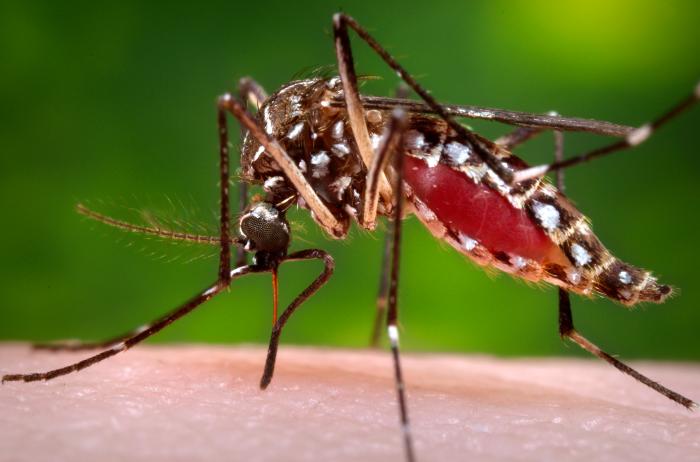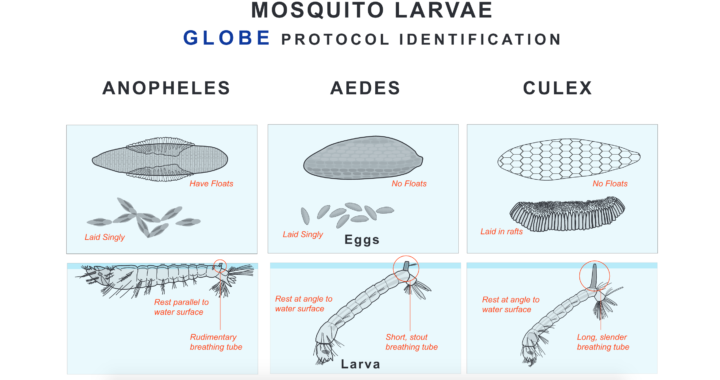


An Aedes aegypti mosquito in the process of acquiring a blood meal. Image Credit: CDC/James Gathany.
Though mosquitoes are small, they are also deadly. Mosquito bites result in the deaths of more than 725,000 people each year—more than any other animal. That compares to about 50,000 deaths from snakes, 25,000 from dogs, 20,000 from tsetse flies, 1,000 from crocodiles, and 500 from hippos.
More than 50 percent of the world’s population lives in areas where mosquito-borne diseases are common, according to the World Health Organization. Malaria is the deadliest disease spread by mosquito, but the bugs also serve as vectors for Chikungunya, Zika, Dengue, West Nile Virus, and Yellow Fever.
NASA and the Global Learning and Observation to Benefit the Environment (GLOBE) Program have a new way of fighting back. The GLOBE Observer Mosquito Habitat Mapper is an app that makes it possible for citizen scientists to collect data on mosquito range and habitat and then feed that information to public health and science institutions trying to combat mosquito-borne illnesses. The app also provides tips on fighting the spread of disease by disrupting mosquito habitats. Specifically, it will help you find potential breeding sites, identify and count larvae, take photos, and clean away pools of standing water where mosquitoes reproduce.
The Crowd & the Cloud, a show hosted by former NASA Chief Scientist Waleed Abdalati, has an excellent segment (video above) that explains how the app works.
Don’t delay. Download the Habitat Mapper for iOS from the iTunes app store or from Google Play for Android now, and start hunting down these blood-sucking killers.

Eggs and larvae of three species of mosquitoes. Image Credit: The Globe Program. Download a larger version.
We often see our images and stories pop up in different places. Obviously we see Earth Observatory content showing up on other web-based science and news media or on television. But you might see our images in other places, too.
This past week a new iPhone/iPad app called Xweather was launched in the iTunes store. This app takes advantage of our Natural Hazards RSS feed to highlight event imagery around the Earth.

And a few weeks back, my wife and I were browsing through a fabric store when a particular pattern caught our eye: the Blue Marble (2000) on a quilt! This pattern is by Emily Cier of Carolina Patchworks.
Where have you seen images and stories from the Earth Observatory? Other apps? Posters? Uses in books? Hot air balloons? The Blue Marble gets quite a bit of use in advertising and other places (a quick search of Flickr provides several examples). Let us know what else you find…or what else you do with it yourselves.